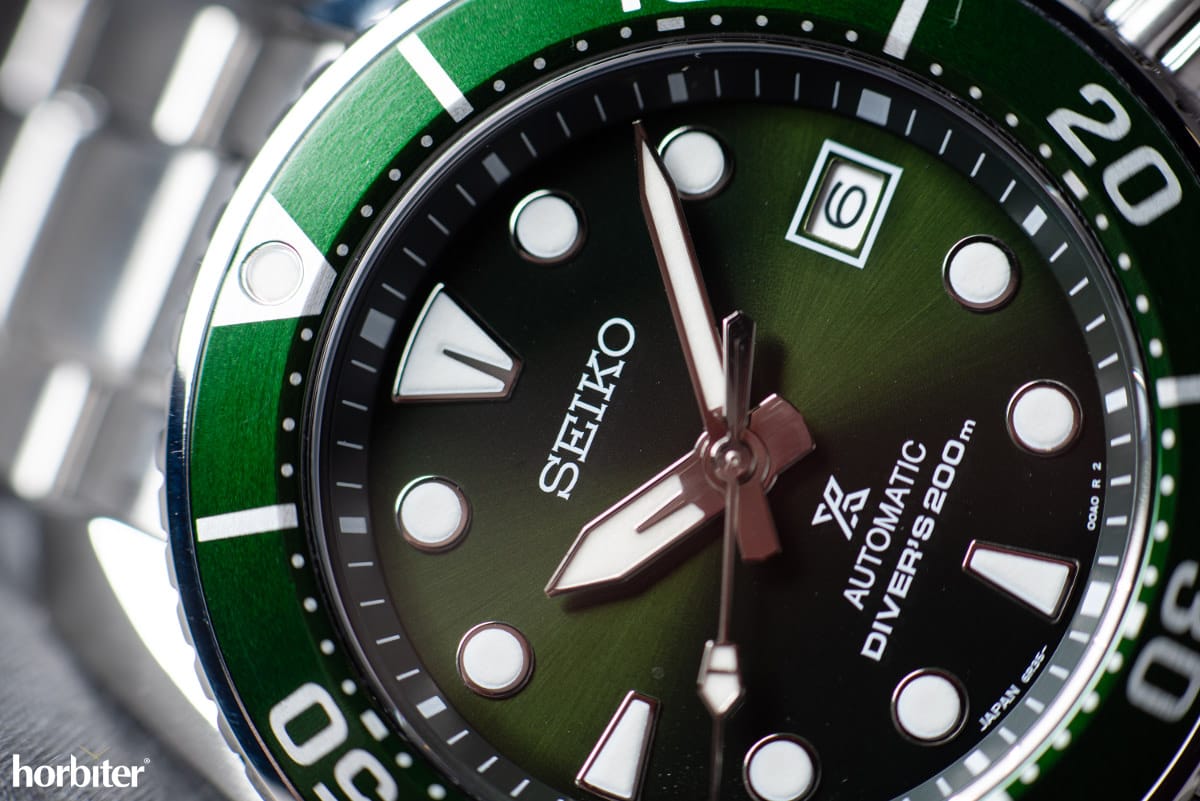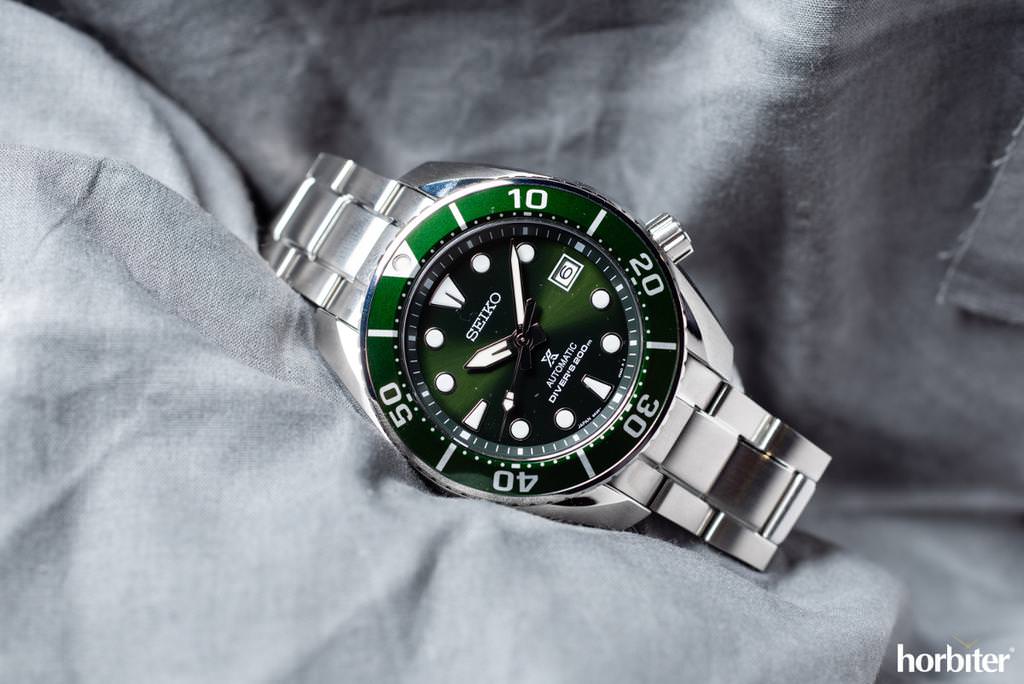The majority of Seiko's watch names reaffirm the brand's close link to the Japanese culture. It is a bond that is somehow more prominent on Seiko's diving watches, at first sight. Nicknames like Tuna Can, or Turtle are commonly used, yet two are the current collections which best represent, from a naming perspective, the Japanese pedigree: the Seiko Samurai and the Seiko Sumo. These are two of the most loved diving watches ever, with unmatched quality to price ratio, in the industry. The Seiko Sumo, especially, was technically upgraded in 2019, equipped with a sapphire crystal and its caliber now guarantees seventy hours of maximum power reserve, and that's among my all-time favs: I own two rare limited editions Seiko Sumo (namely, a Seiko Sumo 50th Anniversary and a Seiko Silver Sumo). Additionally, the Prospex collection turns 55 this year, I believe many new collector's pieces will hit the stores anytime soon in 2020.
(Photo credit: Peter Tung for Horbiter®, commons.wikimedia.org)
Gaetano C @Horbiter®






